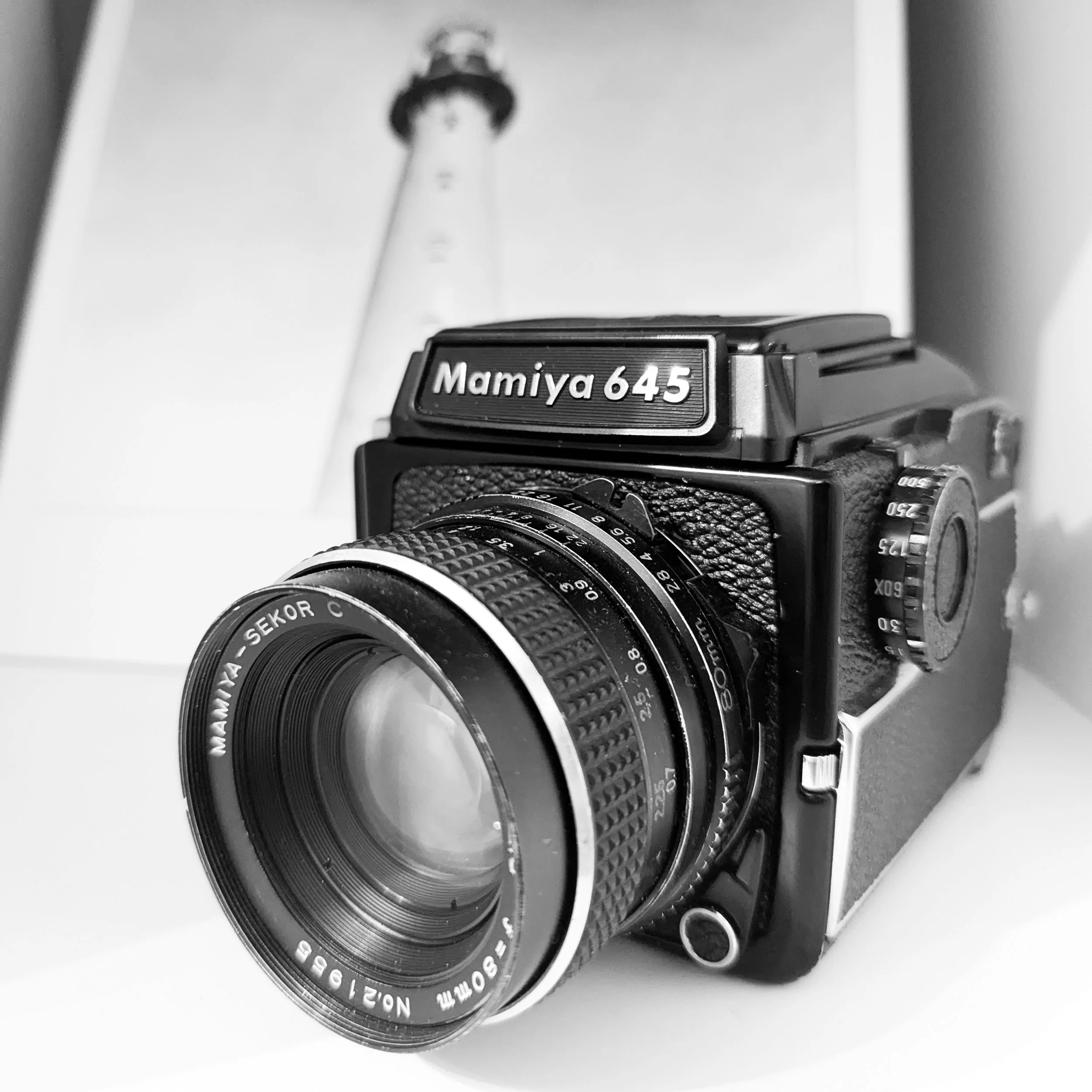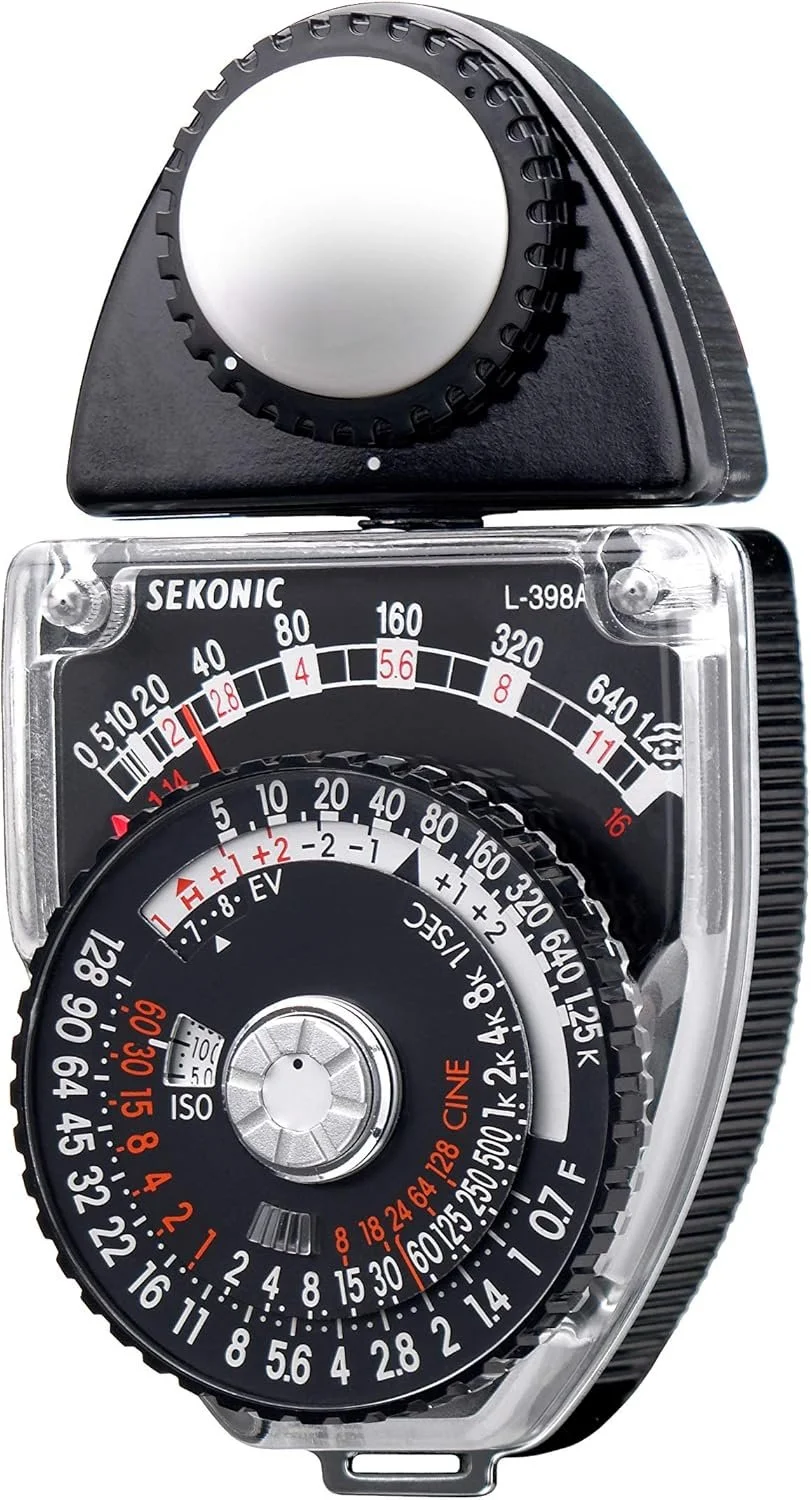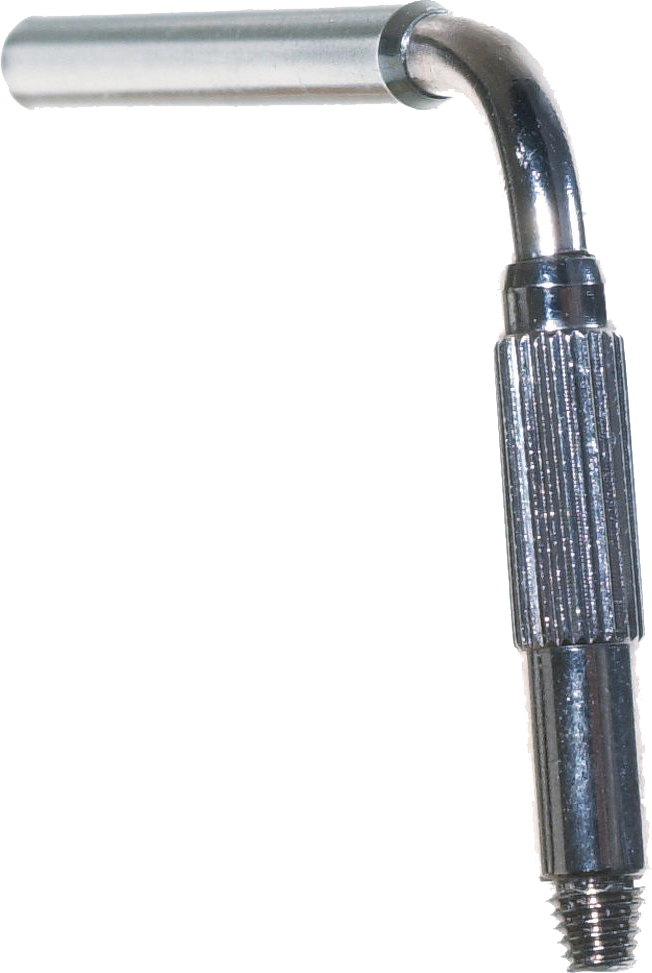Hasselblad 500cm
Back in the mid and late 80’s I was just a kid that wanted to learn about photography and had little money to buy cameragear. I borrowed my dads camera, a Minolta 7s rangefinder to take pictures. And a little later I bought a Konica SLR. Can’t remember which it was and I’m sorry I didn’t hold on to it as a memory.
As I said, I didn’t have a lot of money so my dream camera was way out of my range. Welll, actually both my dream cameras were. Since I then was into 35mm, the camera I really wanted to have was a Nikon Fm2. That cost a little over $500 back in 1986/87. Way to much for me. and the other camera, though I had no idea what medium format was, was the legendary Hasselblad 500cm. That one was way more than what I could afford. The price back then was something like $1600. In todays money, that’s more than $4000.
But today the Hasselblad 500cm is mine. I got a really fair price on it since it needed a small CLA. Replaced a couple of springs, it got lubricated and checked and it is a jewel.
What a camera. All mechanical. I just love it. I could write a whole lot about this camera, but there are hundreds of websites that has already done that. For me it’s just a great camera. It came with a Carl Zeiss Planar 80mm f2.8 C. Later I bought a Sonnar 150mm f4 C T*
The camera is dated to 1974 and the 80mm lens is from 1968. The filmback is also from 1968 and is a C12 filmback. I’ve also purchased an extra A12 filmback which was dated to 1981.
It came with the waist level finder and a chimney finder. I’ve never used the latter. I might invest in a prism finder only because it’s a bit easier when doing indoor flash photography. At least I think so.
Mamiya m645 1000s
My first medium format camera was a 6x6 square format camera and so is my Hasselblad. I love this format and it makes me think in another way when I compose images.
But from time to time I pick up my Mamiya m645 which is a 6x4.5 format. I bought this one on ebay from Japan and it’s a relly good camera. The lenses are great and the pictures from it are really good too. It’s small and handy. It has very few bells and whistles, but it just works. It’s a partly modular camera. you can switch out the viewfinder and the lenses on it, but you can’t change the film back. Once it’s loaded, the film will be stuck in the camera until you’ve taken all the pictures. With a prism finder you’ll have a light meter, but I prefer the waist level finders, so I do the metereing with a dedicated light meter.
When I got it it had an 80mm f2.8 lens and a 150mm f4. I’ve use the 150mm a few times, but the 80mm is on this camera 95% of the time.
These days it spends most of its time on a shelf, since the Hasselblad is my primary goto camera, but I pick it up from time to time and when I do I really enjoy using it. It’s a fun little camera which I said takes nice pictures. It was my second buy and I’ll never get rid of it.
Lightmeters
When I bought the first medium format camera, it had no lightmeter in it, so I started to use my phone. That actually worked rellay well. it was a good lightmeter and I still use it from time to time.
But for my birthday I got a “real” lightmeter. It was the Sekonic L-398A. A very cool looking lightmeter if you ask me. No batteries need as it has a amorphous photosensor. It can do both incident and reflective measurements. From that day the lightmeter on my phone became a backup.
But this lightmeter cannot measure light during flash photography. and since I do that from time to time, I went on the search for a flash meter. after som looking I found a secondhand, cheap Sekonic L-308B. It worked a 100% and was exactly what I was looking for.
I really, really try to limit the amount of gear I have, but I am in heart a landscape photographer and it’s not always possible to measure correctly when your objects are a bit far away. The solution to that was to be on the lookout for a spot meter. Holy **** those things are expensive. So I fell for an old model spotmeter - Asahi Pentax Spotmeter V. I had already done some freshening up on the zone system and the Pentax just fit me. A simple needle and the EV scale. What more do you need?
Accessories
there are a few accessories in my gear setup that I think are highly necessary and a few that just are nice to have. First of all the things I think are the necessary once.
Shutter release cable. For me this is a must. Often I tend to shoot with longer shutter speeds at f11 to f16. Especially when I do landscape and want bigger parts of the image to be in focus. Then the shutter speed are often so long that I think it’ll introduce motion blur if I don’t use the cable. The cable combined with the next item, which is a tripod and mirror lockup helps me getting a sharper image.
Tripod. Not a must in every situation, but especially for my landscape images I think it’s a must.
The Camera Key and Repair Tool for Hasselblad. Yep, you need one and it’s pretty cheap too so it won’t break the bank. You WILL end up in a situation where you accidently uncock the lens and then it won’t go back on your camera body. This little tool is a life saver then. Yes, you can use a flat head screw driver, but do a search on the internet and you’ll find a whole lot of people who ended up scratching the glass on the back of the lens. Just do yourself a favor - get the tool. It costs around $30.
Then there’s the nice-to-have accessories. It all depends on what kind of photos you are taking and how you use your camera.
Filters and filter holder. I really like long exposures and already had filterholder from Lee filters that I use. I got both a 6 and 10 stop filter with it. I also purchased a yellow, orange and red color filter for use with B&W photography. If you don’t care about those things, just skip the filters and holders and save yourself the money. And by the way. If you plan to use filter holders like the Lee Filter holder or other like it, you will need a 90 degree adapter for the shutter release cable. There’s not much room between the body and the filterholder when you use the 80mm C or CT* lens. It’s impossible to fit the shutter release cable directly.
Original Hasselblad quickrelease plate. You can ofcourse use a regular quick release plate either the Manfrotto kind or the arca swiss kind, but then you’ll have to attach it with the screw to the bottom of your camera, making it clunky at not that good to hold on too. So I got the plate from Hasselblad and mounted that one to a regular arca swiss plate. It comes of the camera with a click and doesn’t get in the way when you hand hold the camera.
A camera strap. As I stated earlier. The camera is a jewel and I would hate to drop it, so I got myself a strap. I don’t mind that it isn’t a genuine Hasselblad strap. The importing thing for me was to secure the camera and that it should be ok to carry with it.
Camera bag
As for the camera bag I simply use my Lowepro ProTactic 450AW. It has a lot of space and is easy to set up and reorganize. It fits my need and I can bring all the gear stated above in it without any problem. There’s even space left to fit my Nikon Fm2 and the Polaroid SX-70 Land camera if I wanted too. So it’s an extremely versatile camera bag.
If I go out with just the Hasselblad and an extra filmback and lightmeter I usually just drop it in a shoulder bag of some kind. I got a couple of relatively anonymous looking shoulder bags that does the job.
Development and scanning
I do all the development myself. Both black and white and color development. For color development I have stuck with Cinestill Color Simplified 2 bath kit. it’s an easy kit to use, it’s ok in price and it’s hassel free. just keep the correct temperatures and times and it’ll look good.
When it comes to black and white I’ve tried out several different developers and I’m beginning to lear the main differences but it’ll be a long time before I really know them well. My favorites so far are Ilford DD-X and Adox Adoral - two very different developers.
I only develop negatives. I don’t have the space to keep a dedicated darkroom and I don’t want to to all the rigging in the bathroom each time I want to develop something, so I stick to developing negatives which is easier to set up for each time in a limited space.
IEverything is stored in a big plastic case. Chemicals, Darkbag, beakers and every little thing that I need. So I transfer the rolls of film in a darkbag into a Paterson tank. the rest is done on the bench in the laundryroom. There I have everything I need. I might do a blogpost explaining my setup in detail later.
I tried different ways to digitize the negatives. First I used a cheap flatbed scanner, but the results wasn’t what I wanted them to be. Then I created a rig so I could digitize using my Nikon Z8 and macro lens. That worked pretty good, but my makeshift copystand wasn’t as rigid as I wanted. I thought about buying a used copystand, but then I got an offer to buy a Nikon Super Coolscan 8000ED. A friend had one which he didn’t use anymore, so it just sat there collection dust. I got an offer I couldn’t refuse.
Yes, it takes a long time scanning images with these scanners and digitizing using a modern digital camera goes way faster, but fast wasn’t what I needed. I started up with film photograhy because I wanted to slow down things, so this scanner was the perfect fit for me.












